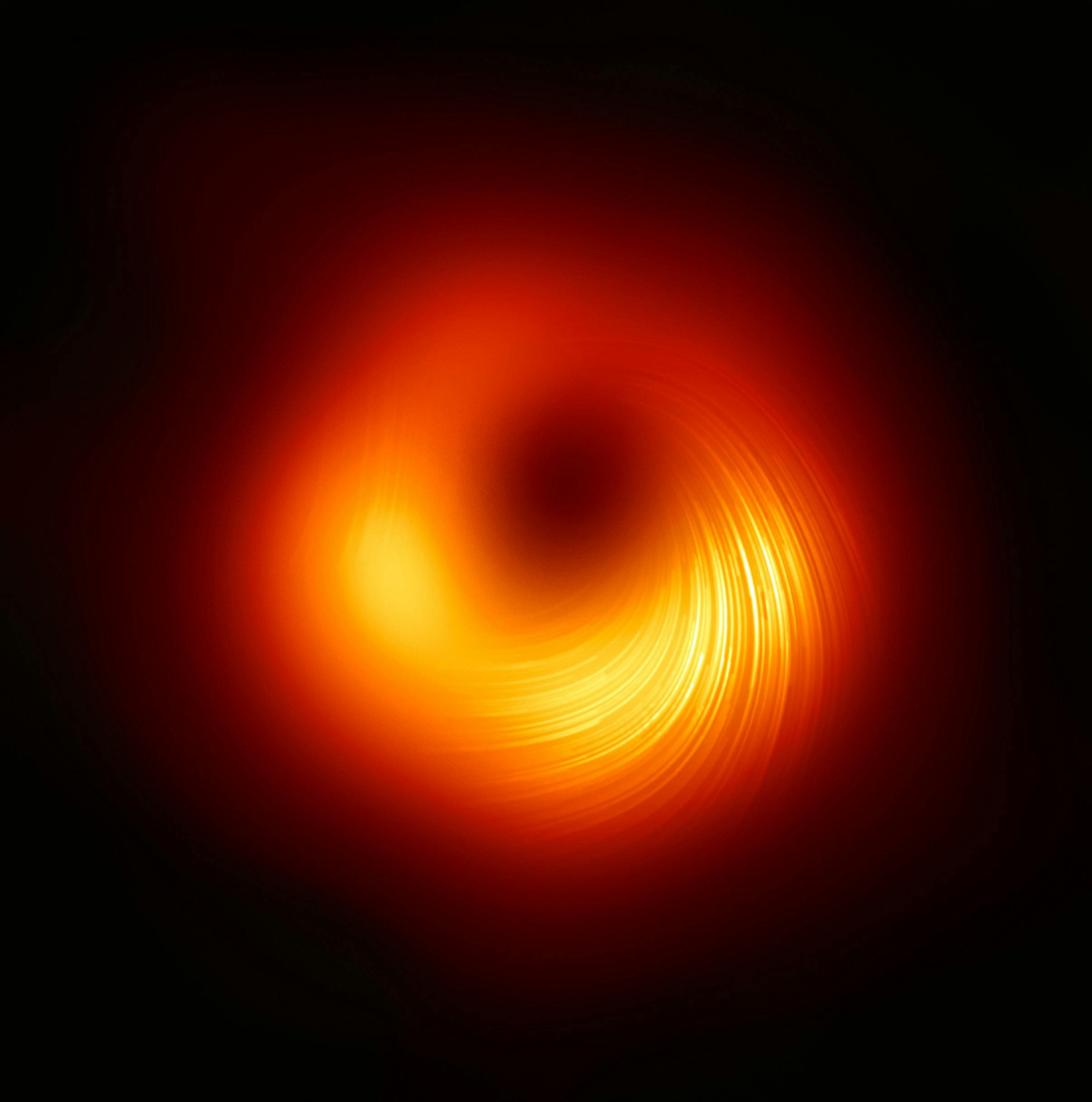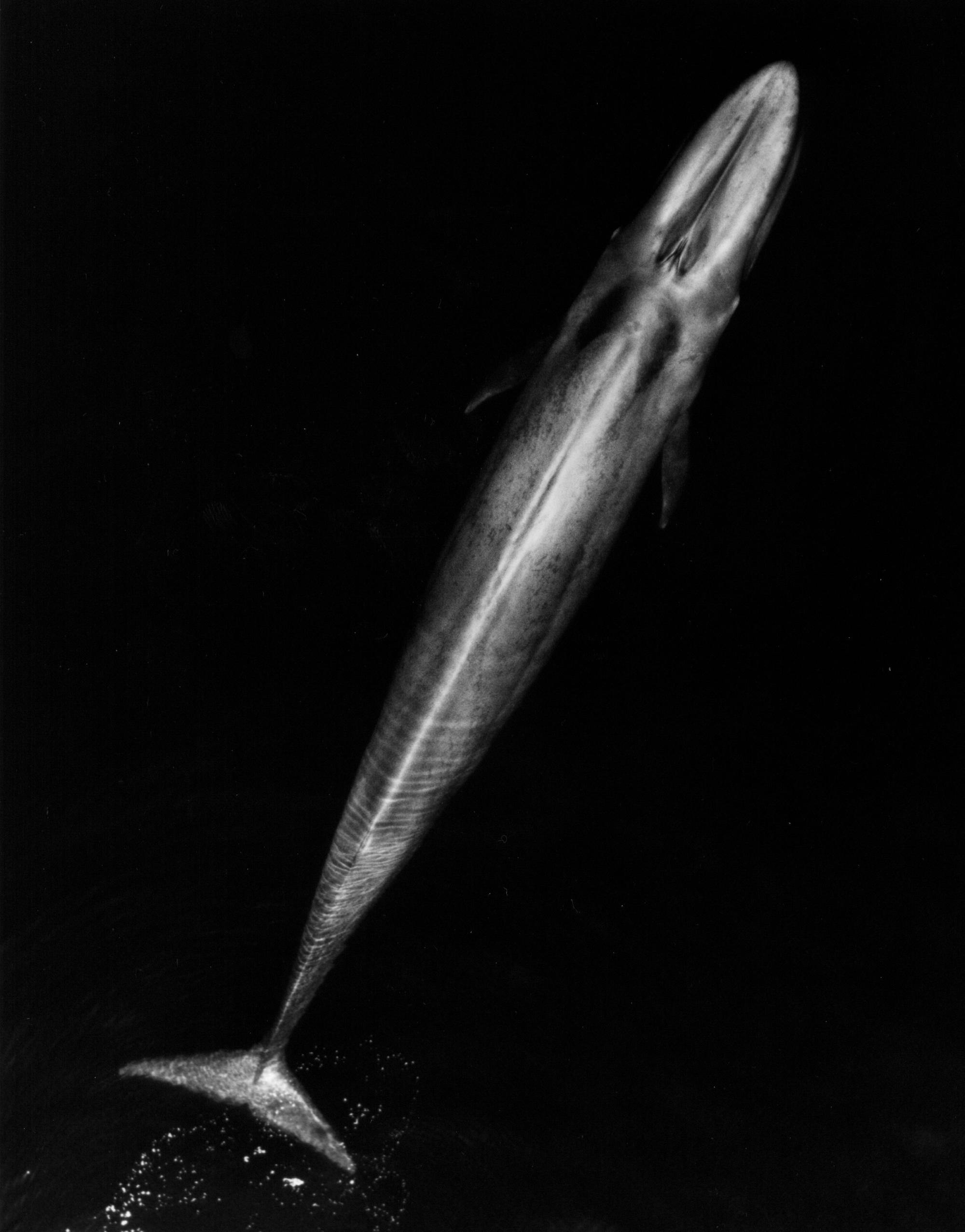
Coyote Buttes a.k.a. The Wave, Vermillion Cliffs, Arizona, photo Wikimedia Commons
As part of the in-depth study of the themes of Unknown Unknowns. An Introduction to Mysteries, 23rd Triennale International Exhibition, since June 2021 we have involved researchers, PhD students and undergraduates from universities in Milan and the network of foreign communities in a series of meetings and seminars organized and coordinated by Pupak Tahereh Bashirrad, architect and PhD.
Time, and its perception, has always been one of the great mysteries for humankind, as well as for the scientist who, as a historian, studies the past to know the present and provide predictions about the future. Depending on the disciplines, the time scales can be deeply different. Let’s imagine compressing the history of the Universe—almost 15 billion years—in a single calendar year: the Earth would make its appearance only on September 16, and this is precisely the limit date towards which Geology tends. For the birth of life it is necessary to wait until October 26, with the formation of first organisms, which diversify during the month of November. Finally, Man, as a primate, makes his appearance at dawn on December 31st; while the advent of Homo sapiens sapiens, and the entire history of modern Man, are condensed into the last two minutes of the year.

A view of the supermassive black hole M87 in polarized light, March 24, 2021, photo Wikimedia Commons
The fascination of Astrophysics lies in the fact that, as far as the past is concerned, one is able to study it even by seeing it directly, thus managing to make a sort of journey back in time. A celestial star can be observed when we receive the light that it has emitted. When the light leaves a star, it has to travel into space to reach us on Earth, but only after a certain time it will be able to reach our eye, allowing us to observe that star in the night sky, as the speed of light is indeed very high, but finite: about 300 thousand kilometers per second. Therefore, the further away a star is, the more we will see it in the past, looking even further back in time. Not long ago it was possible to photograph for the first time a black hole, or rather, the gas surrounding the supermassive black hole at the center of the galaxy M87. The distance of astrophysical objects is often expressed in terms of "light years": this means that, for example, if that black hole is about 55 million light years away from us, the light emitted by the gas traveled for 55 million years before reaching us. Having photographed that black hole has therefore allowed us to immortalize an object as it was 55 million years ago.

Centenarian olive trees of the D.O. Bajo Aragón, in the Matarraña region of Teruel, photo Wikimedia Commons
We’re used to thinking of time as linear and absolute, but is it actually the case, or is it a deception of our perception? Time seems to flow with a constant speed, which can be punctuated by the ticking of a clock. However, clocks don’t always tick at the same speed, in fact time is relative. Last century, Albert Einstein discovered that time is closely related to the speed at which we move: the faster we go, the more time dilates and flows slowly. Going into the future would then be theoretically possible, provided you move at a speed close to that of light.
In Geology time is a fundamental unit of measure to describe the evolution of landscapes and environments described at different time scales. Time takes on a material connotation for geologists, as the features of a rock (mineral content, shape, density) are linked to the specific event that led to its formation (from a volcanic eruption, to the cyclical deposition of sand on the beach or a landslide). Similarly to an astrophysicist, who observes the present light from stars which actually correspond to a past time, the geologist observes rocks and extracts information that tells us of a past environment and landscapes of our planet.
On the timescale of millions of years, Geology can observe the rise of mountains, the opening of oceans and the changing of climatic conditions. So, if we think of time as something material, we immediately understand that a multitude of events can be "recorded" in a few centimeters or in hundreds of meters of sedimentary rock. Furthermore, matter can be disintegrated and therefore time is "canceled" from the record (e.g. think of the complete erosion of a mountain). Even in Geology time is neither linear nor continuous, but is often compressed and with numerous gaps. The task of the geologist is to study the matter through the minerals and fossils that compose rocks in order to be able to tell the complicated story of our tumultuous planet from its formation until today.
Even in Biology and Ecology time is a fundamental dimension. What could be more sensitive to the passing of time than life itself? Here the concept of relativity finds ample support with time scales that vary greatly depending on the phenomena considered. For example, if we look at the metabolic processes and enzymatic reactions that take place within the cells, the times at which they occur are extremely rapid. Moving one step above the biological complexity scale, the life time of organisms, or their life cycle, can be very variable. Some unicellular organisms, but also many cells of our body for example, can live minutes, hours or days but other living forms are able to live for months, years and even millennia, such as the olive tree of Luras (Gallura, Sardinia) which has an estimated age of about 4000 years.
In Ecology time is a necessary factor for the evolution of communities. Living communities are dynamic systems that change over time, both in composition and structure. This evolution takes place along time scales of tens, hundreds and thousands of years. On the contrary, the time span required by the evolutionary processes, which have led to the birth of new species, is much wider. However, time also has an intrinsic feature that you can’t escape: it keeps flowing and you can’t go back into the past. Millions of life forms have become extinct especially during the mass extinctions, short periods in which at least three quarters of the living species have disappeared. The great extinctions, though destructive, are also the engine of evolution because after them biodiversity explodes and the planet is colonized by new living forms, evolved from those that survived.

Blue Whale, photo Wikimedia Commons
We cannot talk about time without reflecting on the fact that it is also an intrinsic characteristic of Man. The circadian rhythm is collectively our "biological clock" that, like a real watch, marks the passing of the hours based on light-dark cycles, to allow us to adapt to our surroundings. It is also not exclusive to humans: almost all living beings have something similar, from individual cells to the most evolved organisms. It is not even exclusive to humans: almost all living things have something similar, from individual cells to fish to the most evolved organisms, exploiting mechanisms of different types and complexity. It consists of many small clocks, one for each cell to be precise, which, despite being invisible to us, make sure we do the right thing at the right time.
Thanks to the physiological processes taking place in our bodies, our organisms "respond" to the passing of the hours and adapt to perform specific functions in each time slot (sleep-wake cycle). The gears of this mechanism consist of genes and proteins found within each cell and work on cycles of about 24 hours (hence the name). In complex organisms, particularly in vertebrates, the cellular clocks are coordinated with each other by a central clock, which is located in the brain and works by taking advantage of the presence or absence of light in order to synchronize with the actual time of day.
In the light of all these considerations, it can therefore be said that time for scientists is therefore a real sense, through which we perceive phenomena and study processes to broaden knowledge, but it remains a particular tool and still little known. Its definition and the way it is conceived are in fact strictly dependent on our own perception: science refers exclusively to a known time, to which we can access (such as the light of the stars, the rock layers or our cells). The unknown remains therefore confined in that time past (and future?) that we cannot observe or perceive, constituting the very concept of the "unknown unknowns".
Credits
Article edited by Alberto Colombo, Guido Pastore, Lorenzo Rossi, Valentina Fanfani, Camilla Lanfranconi, Elisa Perciballi, Luca Bonacina, Pietro Tirozzi